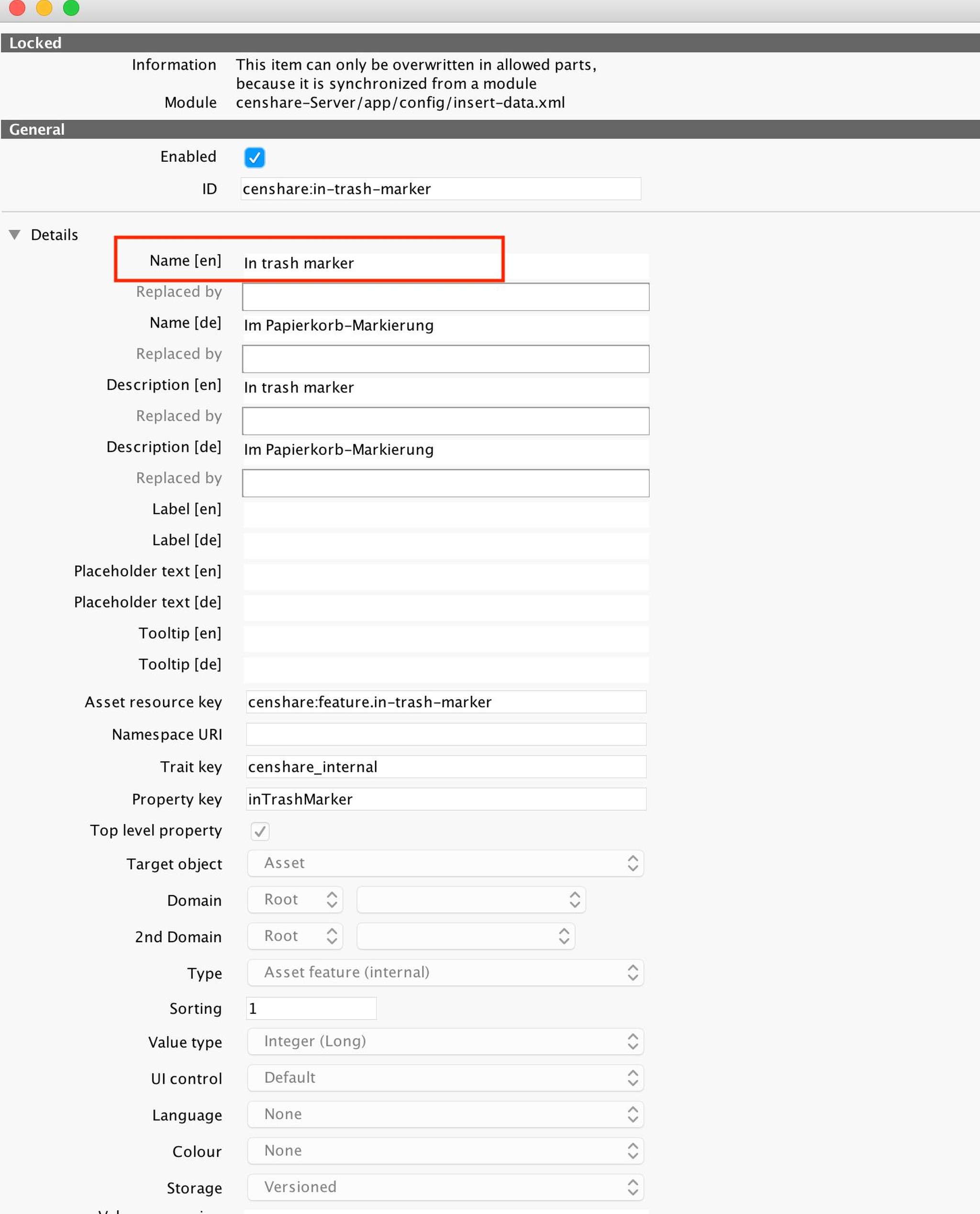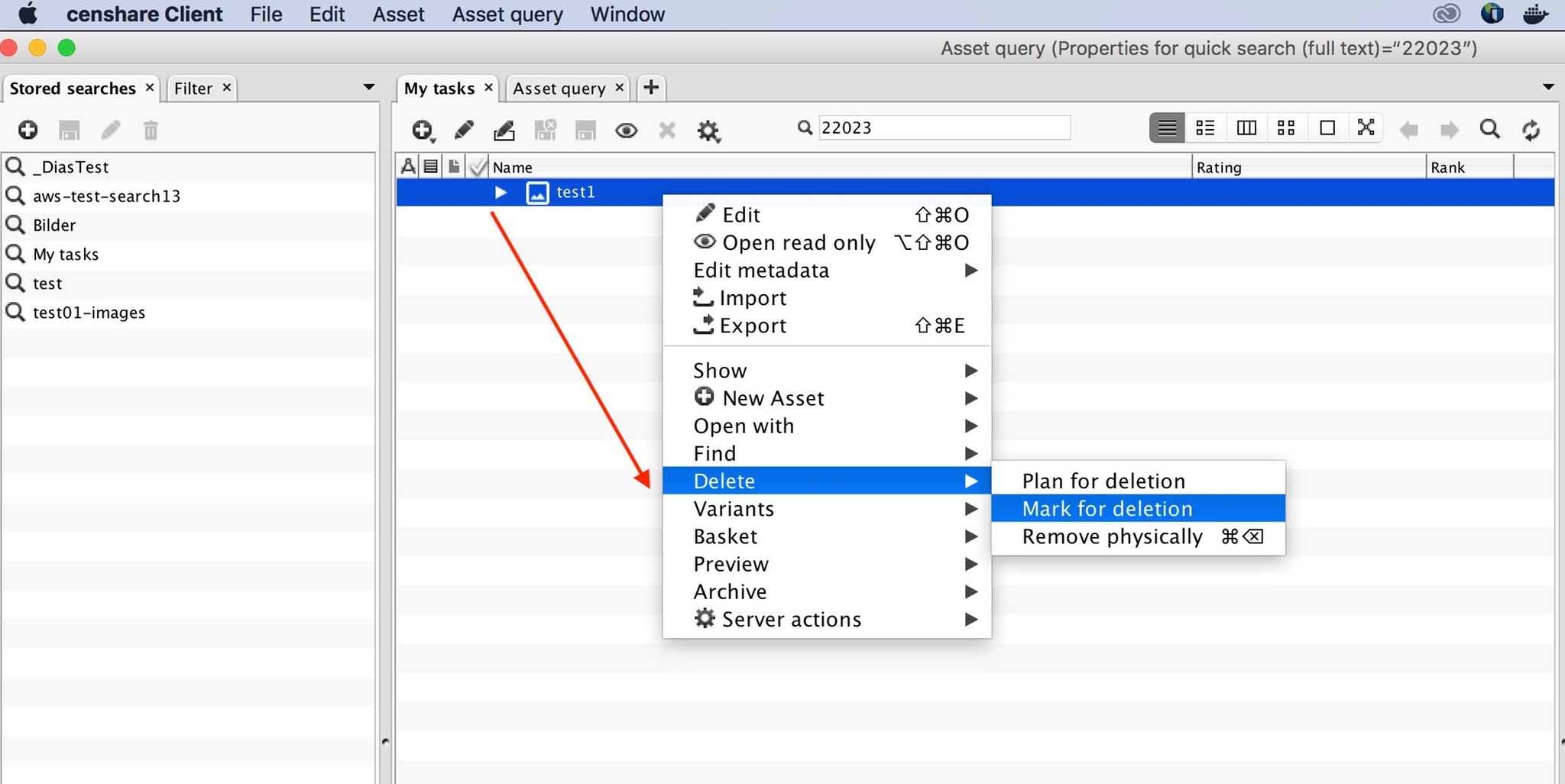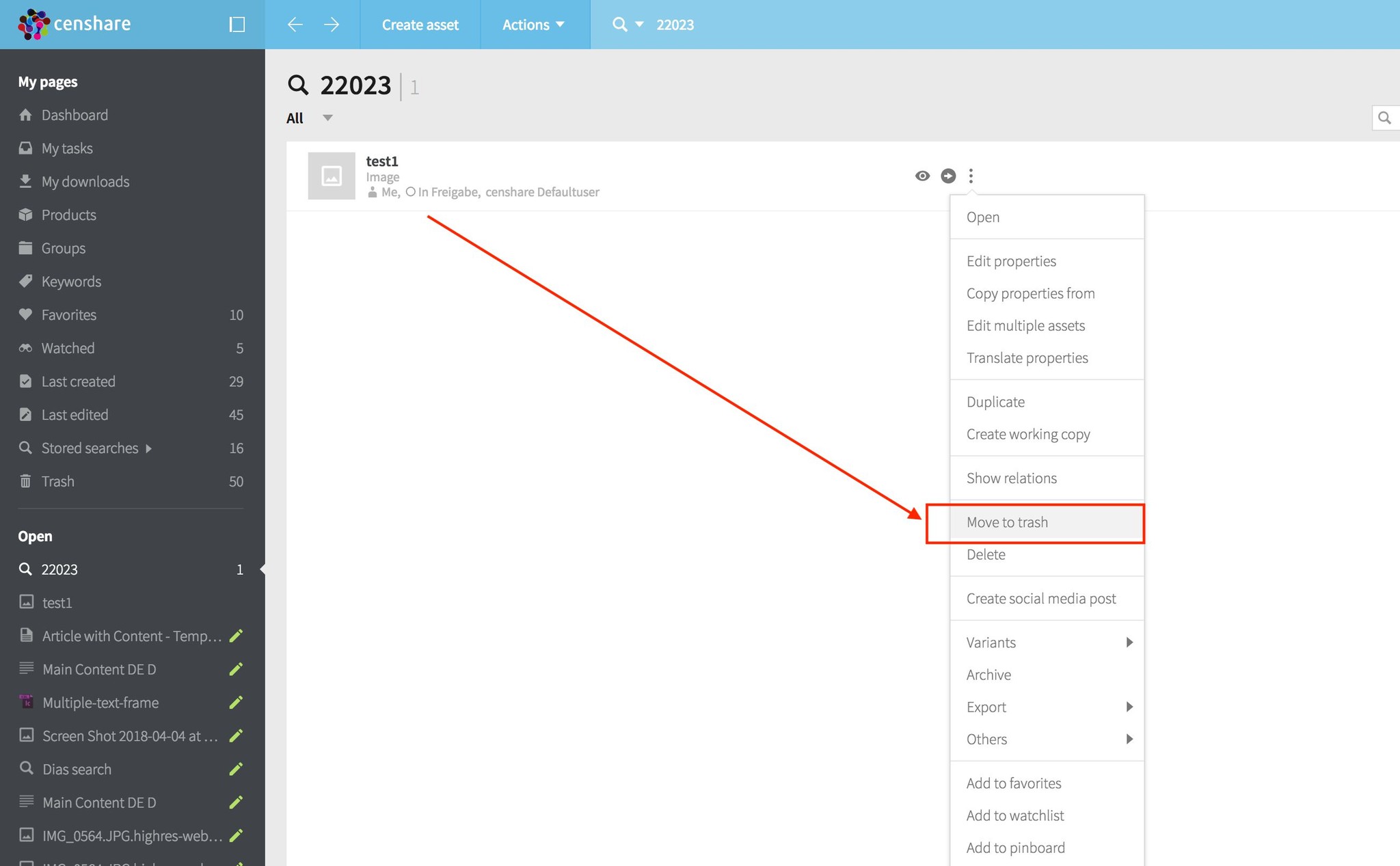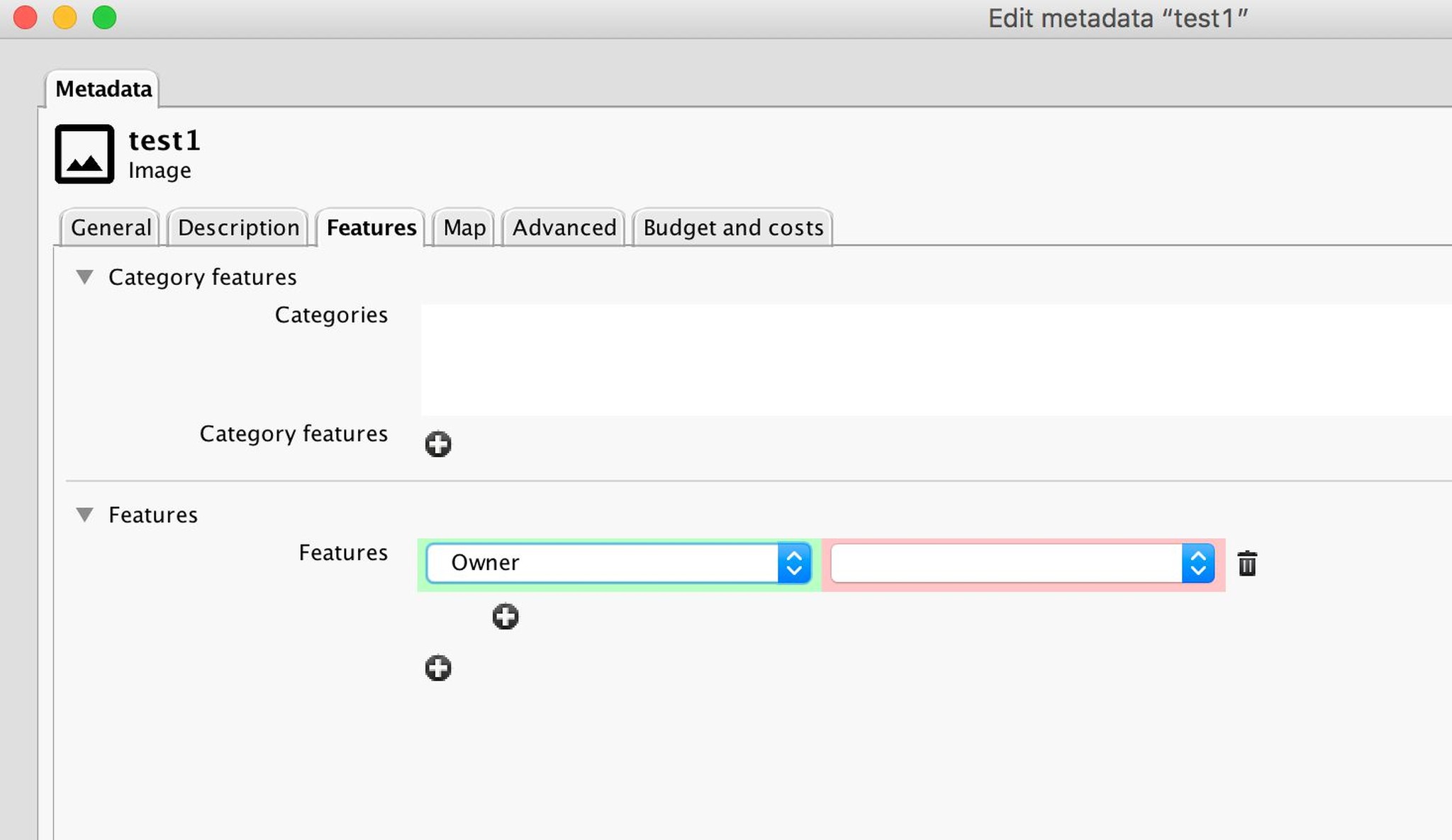Sometimes, it happens that the asset cannot be found on the censhare web client.
Possible reasons for this situation could be the below:
The feature "censhare:in-trash-marker" is set for the particular asset.
1. The feature "censhare:in-trash-marker" is set for the particular asset.

Normally, this feature is set when the action "Mark for Deletion" (in Java Client) or the action "Move to Trash" (in censhare Web) is executed as shown below:
On java client--> asset--> Delete--> Mark for Deletion

on censhare Web--> asset-->Move to Trash

In such cases, the only possibility to view such assets would be to perform an Expert search on the web client with the condition "In trash marker" , giving the partyID as show in the screen-shot below .

2. The feature "censhare:owner" is set for the particular asset.

In this case, no other user will be able to access the asset.
The following SQL statement would help you to identify if the access to a particular asset is restricted :
select non_owner_access, version from asset where id=<assetID>;
CODE
In case , the Result = 0, this means any user would have both read and write access to this particular asset.
Result=1, means that all non-owners have read only access to this asset, and
Result=2, means that all non-owners have no access to this asset.
There is also another SQL statement which would help you find out the owner of this asset:
select value_long, party from asset_feature where
asset_id=<assetID> and asset_version=<versionNo> and feature='censhare:owner';
CODE
The output of this query will be "value_long" , which is the owner of the asset , and "party" , which is the user has set the owner in the asset.

3. The user does not have access to the asset's domain.
4. It could also be that the current version of the particular asset has been deleted due to a bug in AssetManagement.java
NOTE: This bug has however been fixed since version 2017.2.5